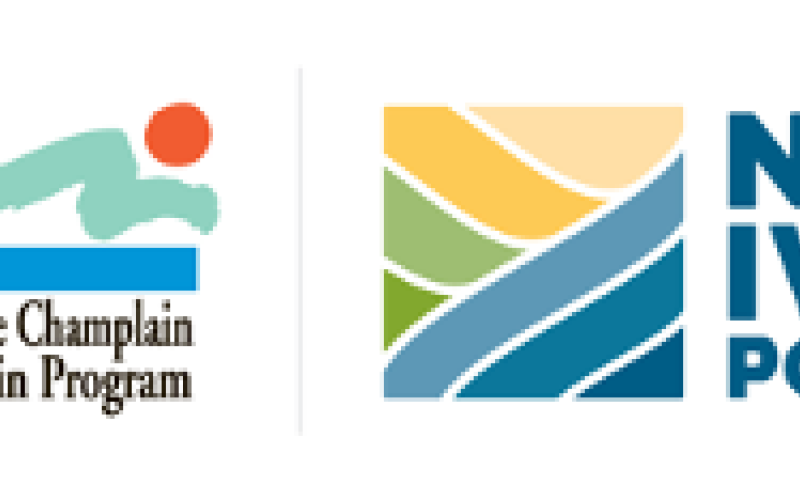
LCSGs WATR Course Connects Teachers and Students to Award Winning Research
Kyle Ni, a student at South Burlington High School, spent the last week of June in St Louis, Missouri presenting his award-winning research at the USA National Competition for the Stockholm Junior Water Prize. His project investigates the interaction between two major issues in Lake Champlain: cyanobacteria blooms and invasive zebra mussels.
Ni’s research was inspired by a classroom unit developed through Lake Champlain Sea Grant’s Watershed Alliance Teacher Research Partnership (WATR). This program launched in 2024 with a cohort of 12 teachers and is aimed at connecting teachers with researchers and providing hands-on learning aboard the research vessel R/V Marcelle Melosira. Participating teachers use the experience to design classroom lessons that engage students in current water resource challenges affecting the Lake Champlain Basin.
Last summer, South Burlington High School science teacher Nathaniel Moore took part in the WATR program and brought what he learned—along with cutting-edge research questions—back to his classroom.
"The WATR program not only gave me first-hand experience with many research methods currently in use on Lake Champlain but also helped me meet many of the scientists doing real-world research,” shared Nathaniel Moore. “For example, Dr. Kris Stepenuck from UVM fielded a ton of questions related to this project as Kyle and I figured out how to collect and keep zebra mussels alive in the classroom. Talking with a professional scientist is incredibly motivating for my students and WATR has enabled those connections."
Throughout the academic year, Moore and Ni collaborated on a project that explored whether zebra mussels consume cyanobacteria in the absence of other available food sources. Zebra mussels typically feed on zooplankton and green algae but will not ingest cyanobacteria due to their potential toxins. Researchers have hypothesized this selective feeding leads to increased cyanobacteria blooms in zebra mussel infested waters—posing a significant public and ecological health concern for Lake Champlain.
After learning this in class, Ni was inspired to set up an experiment himself to test, if given no other option, would zebra mussels resort to feeding on cyanobacteria. In a laboratory tank experiment, Ni tested five tank conditions: zebra mussels with cyanobacteria, zebra mussels with green algae, zebra mussels without food, and control tanks with cyanobacteria or green algae alone. His findings showed that zebra mussels consume only minimal amounts of cyanobacteria even when no other food is available—supporting the theory that they may indirectly contribute to worsening blooms by filtering out competing organisms while avoiding cyanobacteria.
Ni concluded his project with recommendations for future studies and discussed the implications for water quality research and lake management strategies.
After being awarded the Stockholm Junior Water Prize award at the Vermont STEM Fair in March, Kyle traveled to St. Louis to present his research alongside student scientists from all over the country.
The WATR program was made possible by funding from the Lake Champlain Basin Program, a program partner of NEIWPCC.
